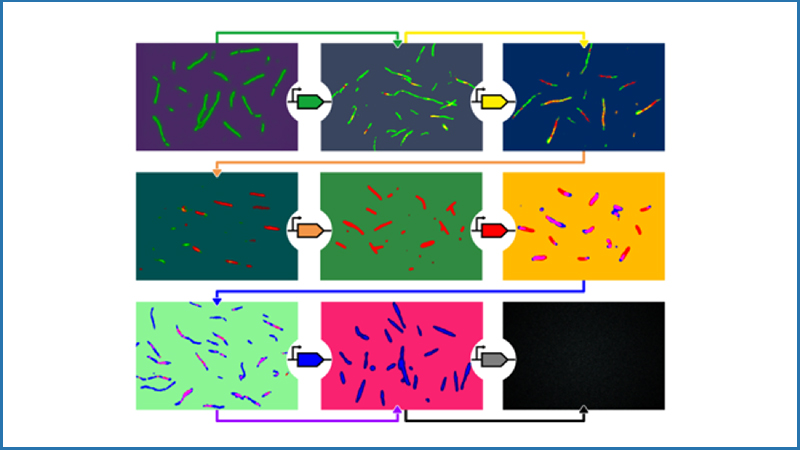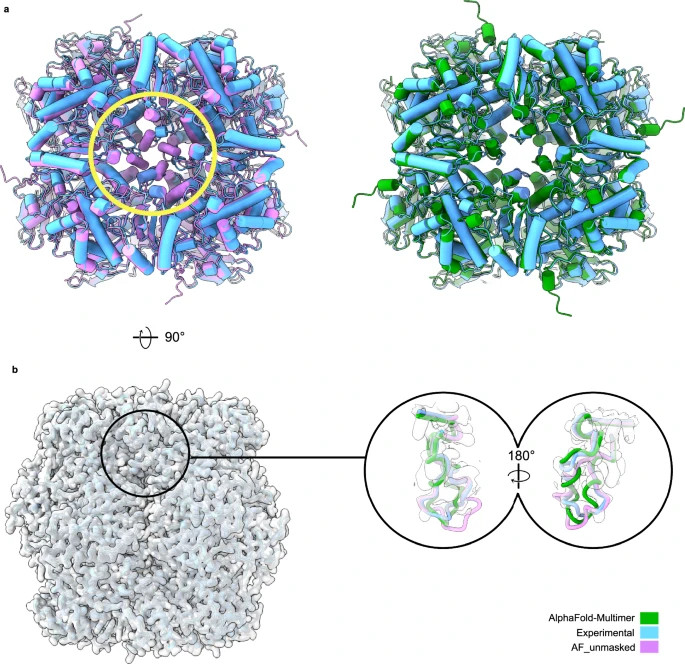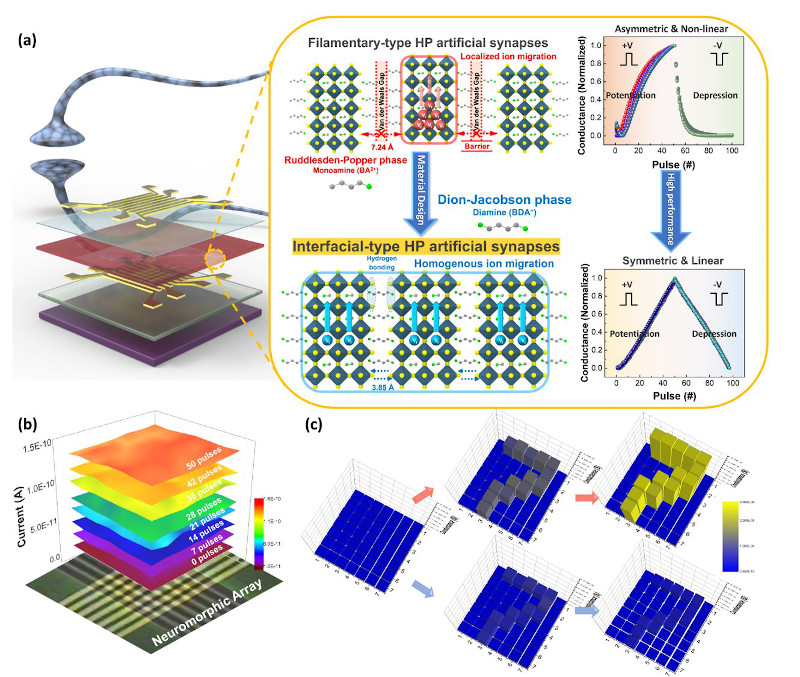Mount Sinai researchers have studied how the brain works with memories, showing how experiences from different times and situations can blend together. The brain doesn’t keep memories just as they are but updates and reshapes them with new information.
The brain can store memories “while flexibly updating them with new and relevant information,” says research leader Denise Cai in a Mount Sinai press release.
“This combination of stability and flexibility within neural ensembles is critical for us to make everyday predictions and decisions, and to interact with an ever-changing world,” she adds.
Neural ensembles are groups of neurons that work together to store memories. Memories are flexible: the brain updates or reorganizes them as we learn more.
The researchers detail the methods and results of this study in a paper published in Nature.
After a bad experience, like getting a shock, the brains of laboratory mice didn’t just replay that event. They also brought up memories from days before, linking these old and new experiences together. This process, called ensemble co-reactivation, helps in connecting memories over time.
A big step toward understanding memories
The brain consolidates and stabilizes a memory after an event. It goes over the event again, which helps fix the memory in place.
Surprisingly, this memory process happened more when the mice were awake than asleep, challenging the idea that sleep is the primary time for memory storage. This suggests that being awake might play a bigger role in how memories are connected than previously thought.
The researchers also found that negative experiences are more likely to be linked with past memories, suggesting that our brain might be trying to make sense of these events by relating them to what we already know. This could be why traumatic events can sometimes alter how we remember other, even unrelated, past experiences.
Cai emphasized that this study is a big step in understanding how our brains manage memory in a world where things constantly change. It shows that our memories are dynamic, continuously shaped by new experiences, which is essential for functioning in our daily lives.
Let us know your thoughts! Sign up for a Mindplex account now, join our Telegram, or follow us on Twitter.


.png)

.png)


.png)



